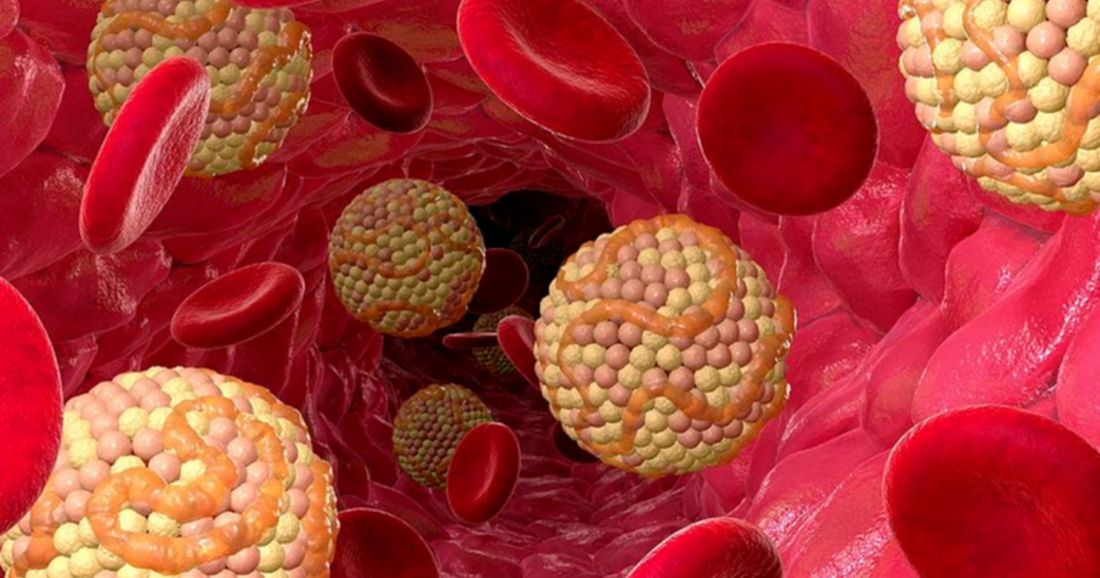
Human papillomavirus (HPV) infection and cervical cancer
Human papillomavirus (HPV) is a group of viruses that is common throughout the world. HPV is one of the causative agents in the sexually transmitted infections (STIs) in men and women with and without clinical lesions a. HPV is transmitted through sexual contact and is the most common viral infection of the reproductive tract.
The main burden of HPV-related disease is due to cervical cancer. HPV infection is a well-established cause of cervical cancer and a relevant factor in other anogenital cancers (anus, vulva, vagina and penis) and head and neck cancers. HPV is also responsible for other diseases such as recurrent juvenile respiratory papillomatosis (a disease in which tumours grow in the air passages leading from the nose and mouth into the lungs) and genital warts in men and women. Genital warts are very common and highly infectious.
Cervical cancer is the fourth most common cancer in women worldwide and second most common cancer in women living in less developed regions. World Health Organization (WHO) estimated 530 000 new cases of cervical cancer globally (estimations for 2012), with approximately 270 000 deaths (representing 7.5% of all female cancer deaths). More than 85% of these deaths occurred in low- and middle-income countries.
About 80% of cancer cases attributable to HPV were in developing countries. The highest estimated incidence rates for cervical cancer are in sub-Saharan Africa, Melanesia, Latin America and the Caribbean, south-central Asia and south-east Asia.
India has a population of 436.76 million women aged 15 years and older who are at risk of developing cervical cancer. Every year 122844 women are diagnosed with cervical cancer and 67477 die from the disease (estimations for 2012). In India cervical cancer is the second most common cancer among women and also the second most common cancer among women between 15 and 44 years of age.

